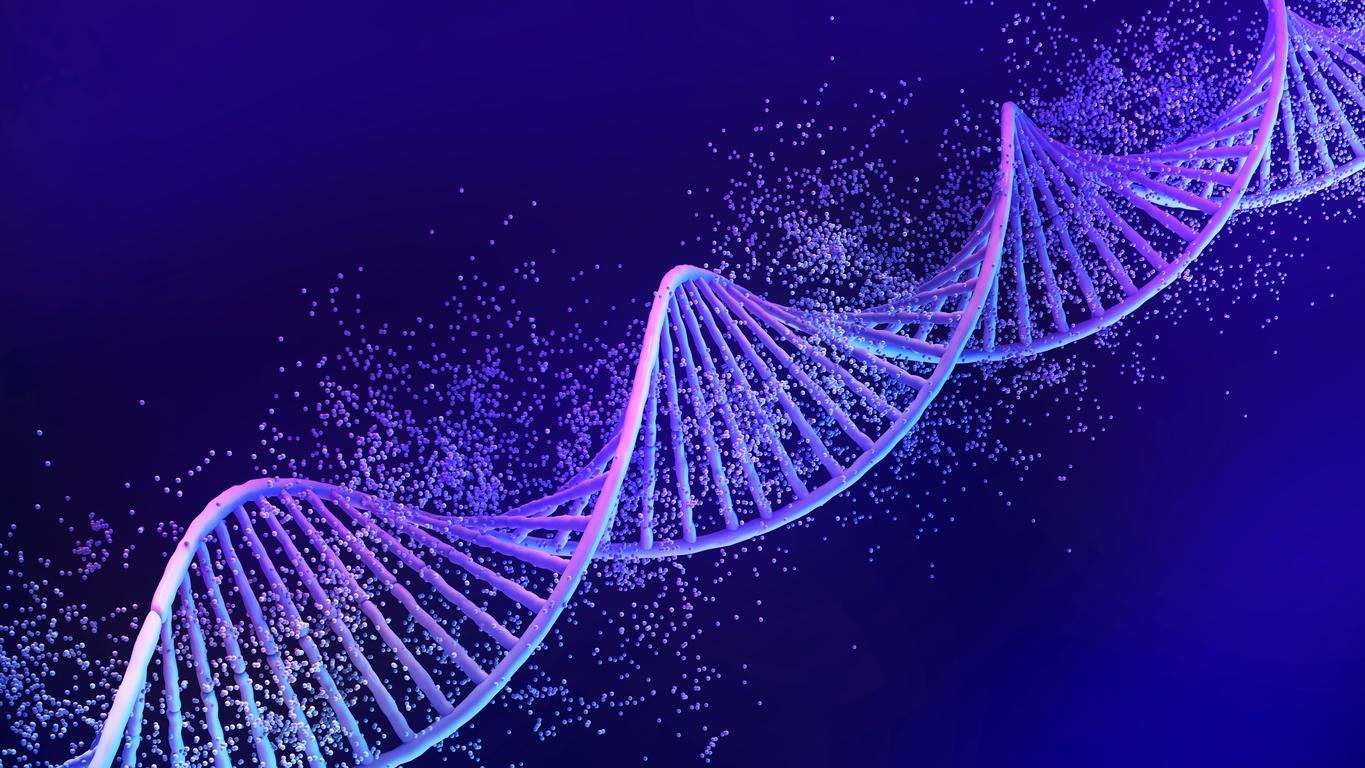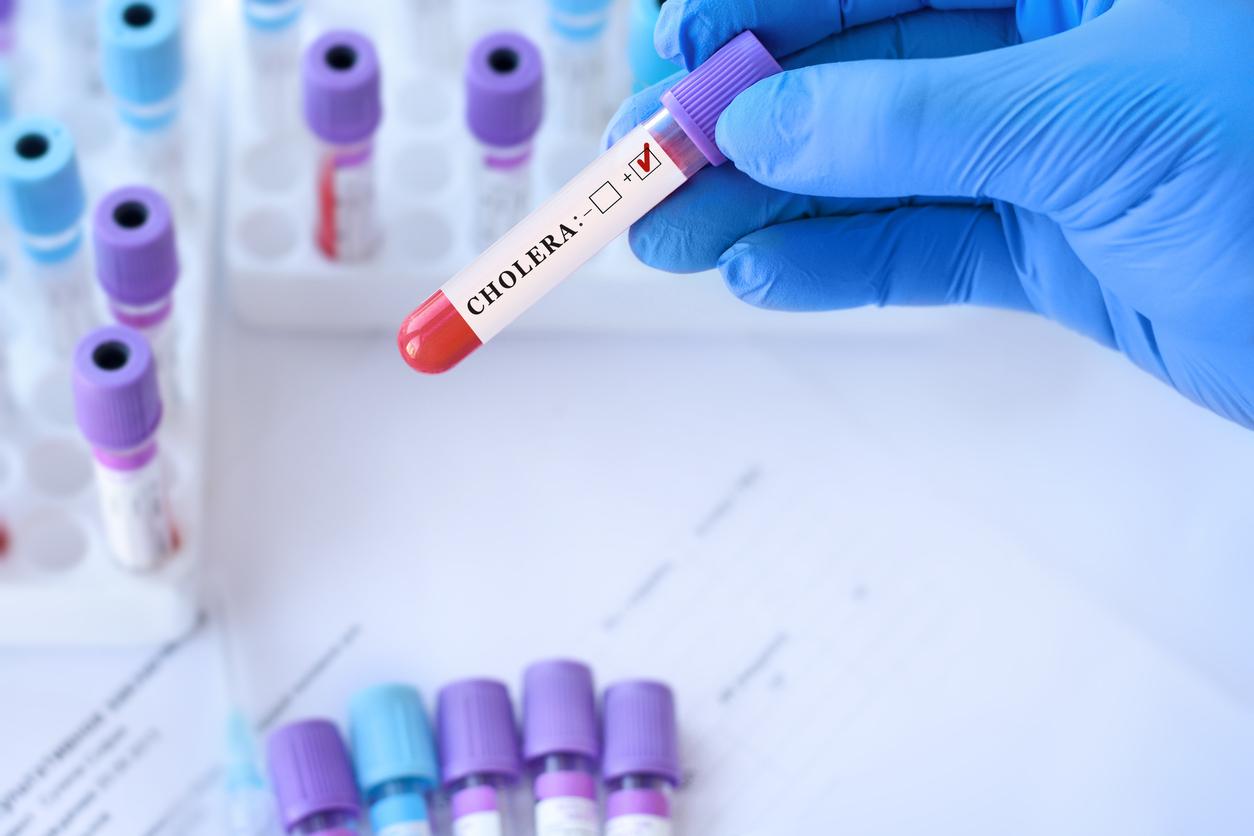Make a microscopic cut to modify the genetic code, without altering it. Here is the promise of molecular scissors designed by American scientists.

Researchers in biochemistry and biophysics at Columbia University (United States) have developed a pair of “molecular scissors” called INTEGRATE, in order to manipulate DNA fragments taken from cells or introduced directly into them.
This new tool described in a publication of the journal Nature is directly inspired by CRISPR-Cas9a gene therapy device that consists of cutting a strand of DNA to then introduce it into a cell in order to treat infectious diseases or certain forms of cancer.
But unlike CRISPR, which involves breaking the end of DNA, the new INTEGRATE scissors would lead to the same result by keeping the genetic material intact, thus avoiding the risk of error or unintended modification of other cells.
Controlling the repair process of the DNA fragment taken by the cells still represents a major challenge in the field, in particular because unwanted genetic modifications are often introduced inadvertently into the genome.
A valuable tool for preserving neurons
The authors of this new work used a technique called cryo-electron microscopy, which involves freezing a sample of the gene-editing complex in liquid nitrogen and bombarding it with electrons. They then used the electron microscope images to generate atomic resolution models of the INTEGRATE system.
Their method is based on the activity of the bacteria Vibrio cholerae, mainly known for its involvement in cholera, an infectious disease of the intestine. This bacterium has the particularity of being able to “jump” from one cell to another by transmitting genetic information, without damaging it.
“We have shown in a first study how to take advantage of INTEGRATE for targeted DNA insertions into bacterial cells. These new images, the result of a wonderful collaboration with Israel Fernández’s lab, explain the biology in incredible molecular detail and will help us improve the system by guiding protein engineering efforts,” says Sam Sternberg, Assistant Professor of Biochemistry and Molecular Biophysics at Columbia University, who co-directed the research.
This new tool could also help scientists make genetic changes in cell types with limited DNA repair activity, such as neurons, where attempts to use CRISPR have been comparatively less successful. The researchers plan to explore this avenue further, while developing the tool for new therapeutic approaches to genetic diseases.
.
















